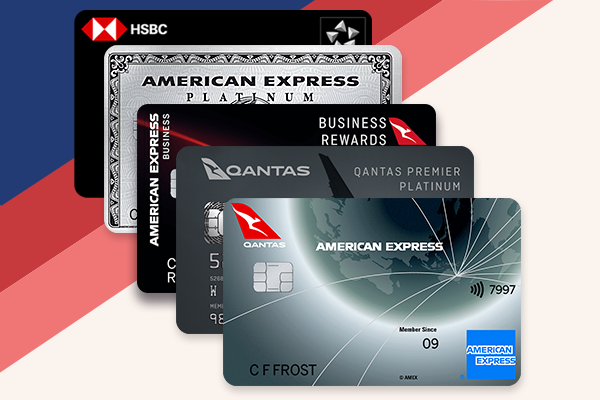Both
dk4 and
777 have some very good comments about the dynamics of competition in the Australian market. Competition and fares are usually inversely related to capacity, ie: too much capacity = lower fares as airlines compete to fill seats, not enough capacity = high fares ie: the "cheaper to fly to Singapore than Mt Isa problem". As well as sheer overall capacity in the whole market - its usually a case of mis-allocated capacity that results in low fares and airlines losing money. For instance - how many airlines fly the Coolongatta-Sydney route? And how many airlines fly Karratha-Sydney? One look at the airfares would let you know....
For any theoretical new competitor to enter the market and succeed - you basically have to go in with so much capacity and so many routes that your competitors can't introduce predatory pricing i.e. Qantas killing you with JQ or by raising fares on routes without competition to fund the discounted seats in order to put your competitor out of business. Its a perennial point of contention that the ACCC has to deal with - in a semi de-regulated environment (like airlines) then no competition is good for shareholders but not customers, some competition is good for customers and maybe shareholders, and too much competition is great for customers but sad times for shareholders.

I think TT had the right idea in product and fleet size right up to the point of filming the Airline reality TV show on Ch7 where they were presented with a PR disaster of their own making, then fares and revenue fell further, and then they were grounded by CASA for safety breaches. After that the Tiger business was essentially worthless from a public trust and customer brand value. After the grounding TT management have done as well as they can given the huge handicap they were given, but the airline should have been completely re-launched then and there with updated name, paint, staff, routes etc and given enough capital and capacity to withstand an onslaught from JQ. The brand was worthless so I don't know why they kept it except for administrative convenience, so while the Tiger brand was and maybe is almost worthless - the business itself was based on sound economic principles due to low costs of staff, relitively efficient aircraft (owned or leased I am not sure) and a revenue model based on some sort of low cost market demand.
I can only conclude that maybe owners of Tiger don't actually mind losing money

, maybe they consider it as part of the big picture , by flying $9 fares to OOL or CFS then that just means that JQ has to match them or at least stay in the ball park, which means that this keeps JQ honest, which of course, despite how creative the QF accountants would like to be - must be reflected in the QF Group bottom line...... you would have to think the cost base for TT would be similar to JQd. Who knows. :shock:
I can assure you all of one thing though - if TT did dissapear tomorrow, then you could bet that all QF/VA & JQd airfares would also rise, more routes would be Jetstarized by QF and VA would have a more difficult life. But only up to a point where a lack of competition could entice a new entrant.














